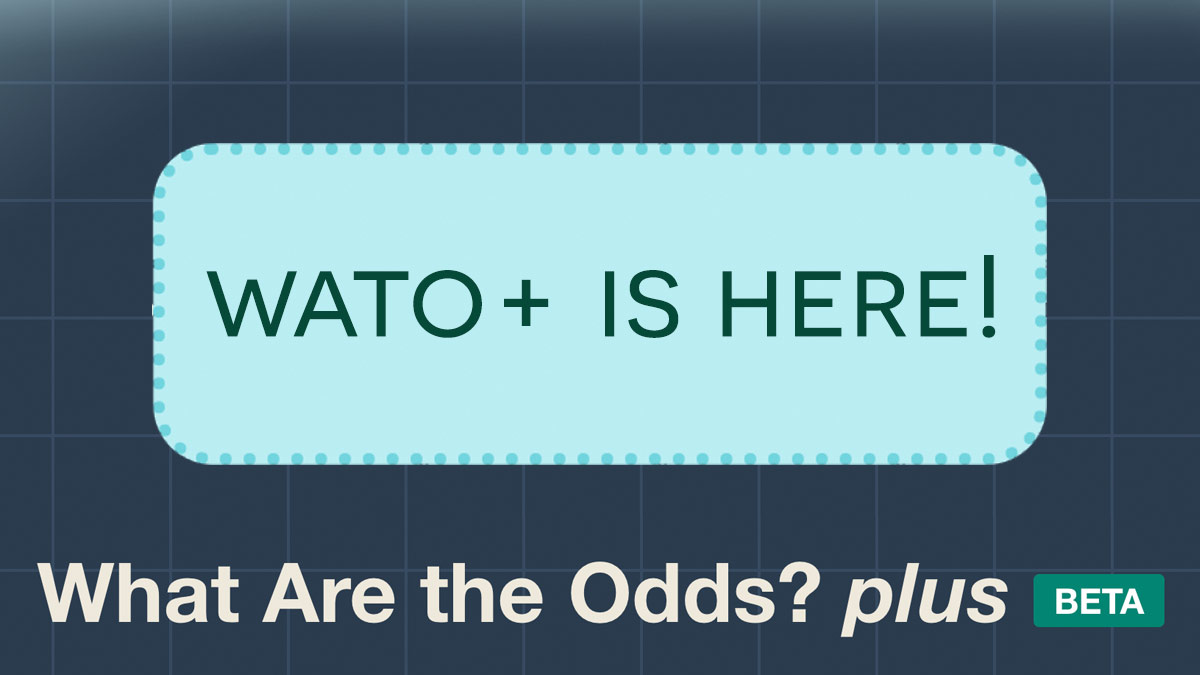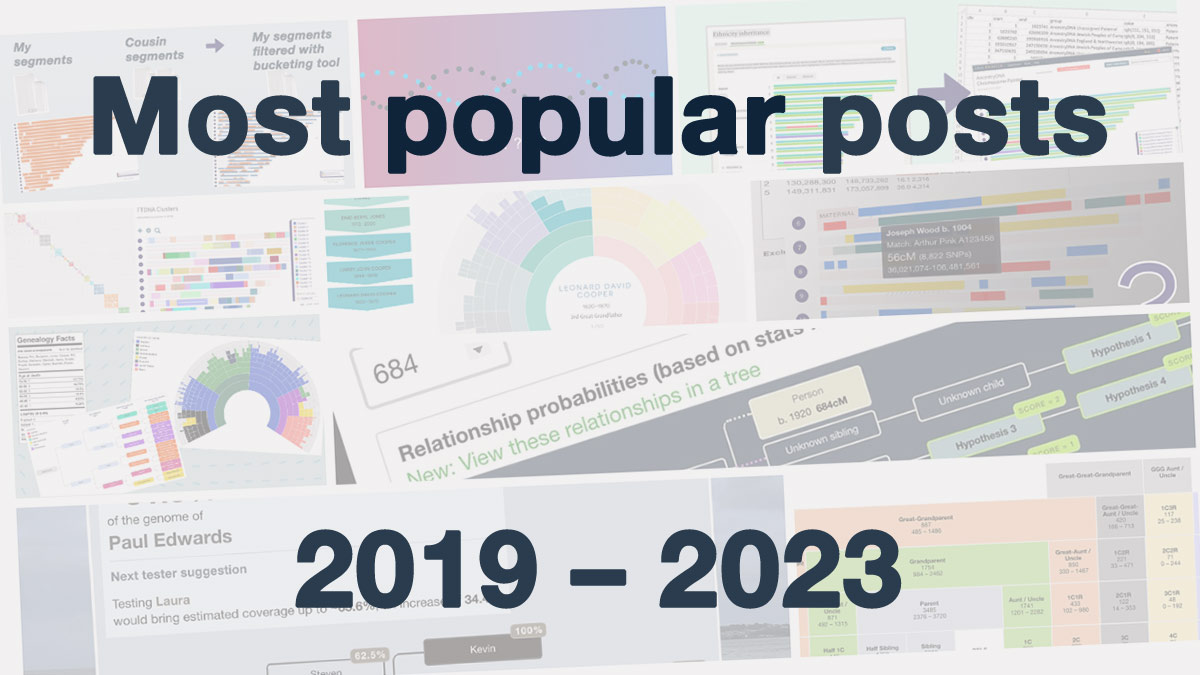Read about the latest enhancements to the DNA matrix tool.


Read about the latest enhancements to the DNA matrix tool.

Since I launched the matrix tool, there have been many great suggestions for improvements, and I’ve just released an update that includes several of these.

I’m pleased to announce the new DNA matrix tool at DNA Painter, which lets you visualize and analyze how much DNA a group of testers share with each other.

What are the Odds? (WATO) can be very helpful for those investigating genealogical mysteries such as unknown parentage. WATO is a web application released in 2018 and based on concepts developed by Leah Larkin and documented in her series Science the heck out of your DNA. In 2024, I released an overhauled version of WATO:

Inferred chromosome mapping is a fun, puzzle-like technique that I discussed in this post from 2017. This often involves using a sibling or parent test to infer additional information from DNA matches. In 2020 I launched the inferred segments generator to make this process easier. In the following guest post, Josh Hutchings demonstrates how he

At the top right of the Shared cM Project Tool you’ll now see a dropdown menu allowing you to switch to another language. If you’d like to help translate the tool into a different language, please get in touch.

What are the odds plus (WATO+), a new and overhauled version of the popular WATO tool, was released last week. In this article I’ll focus on what’s new in WATO+…

I recently launched WATO+, the new version of What are the Odds? Suggest Hypotheses is a popular feature in the tool. The goal of this function is to try out every possible position in the tree for the unknown parent. However, this can be a mixed blessing as sometimes there are an overwhelming number of

Exciting times: the new version of What are the Odds? (WATO) will be released within the next month. This includes a raft of updates that I hope will make the tool more useful and easier to understand.

I launched the DNA Painter blog on December 30th, 2019. The last four years have seen the release of several new tools. I’ve also been delighted to present several fascinating guest posts. Here is a recap on the ten most popular posts to date, measured by the number of page views.